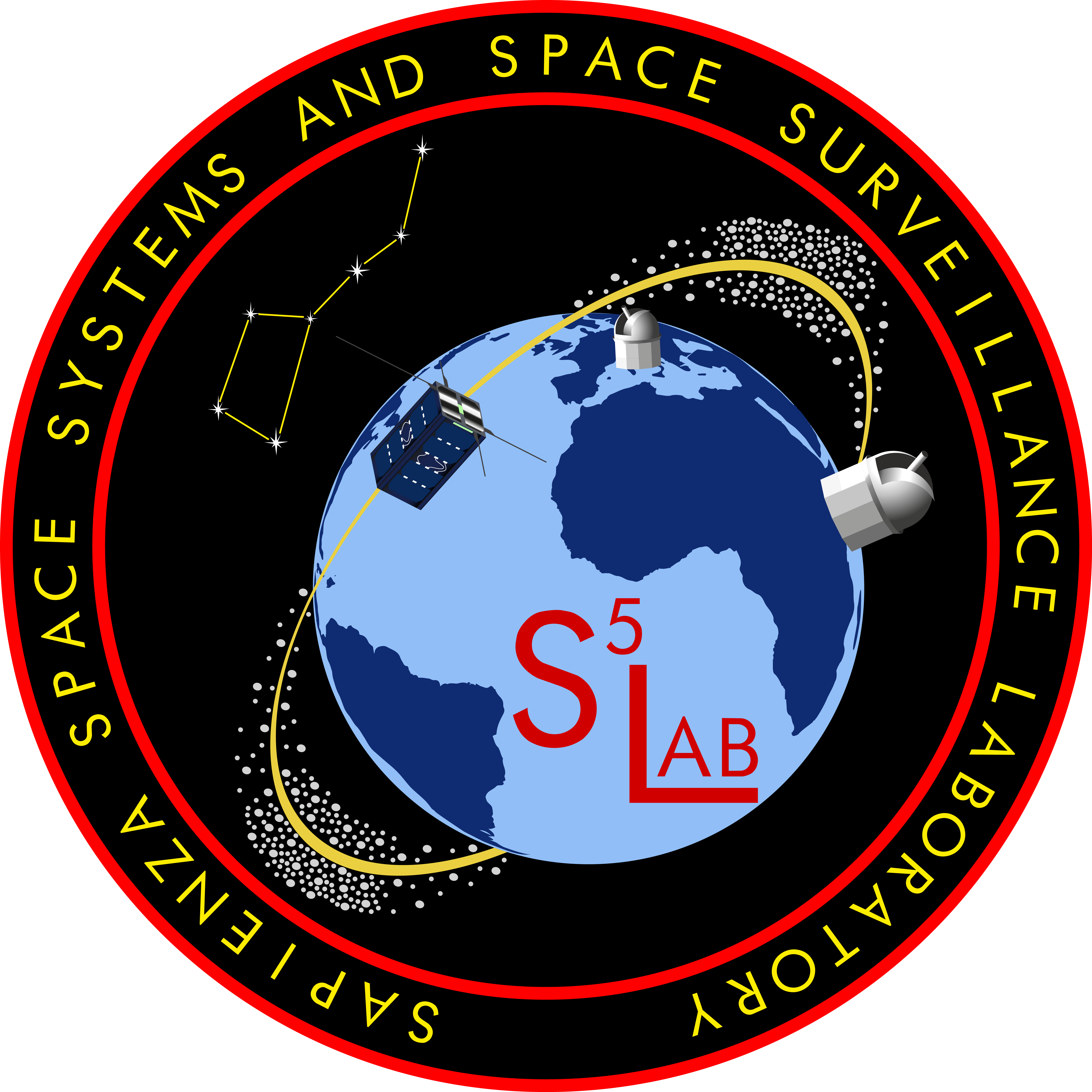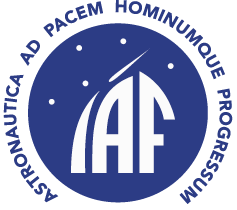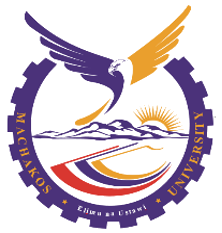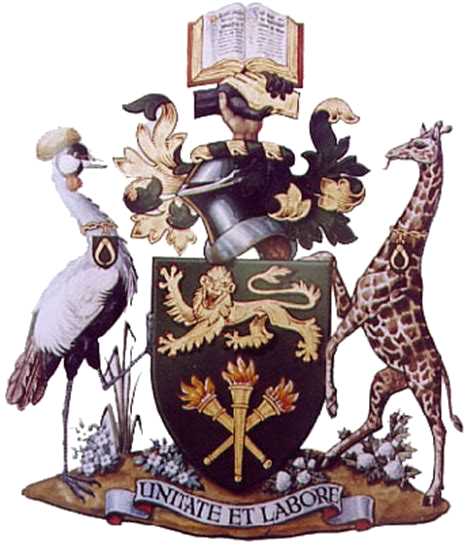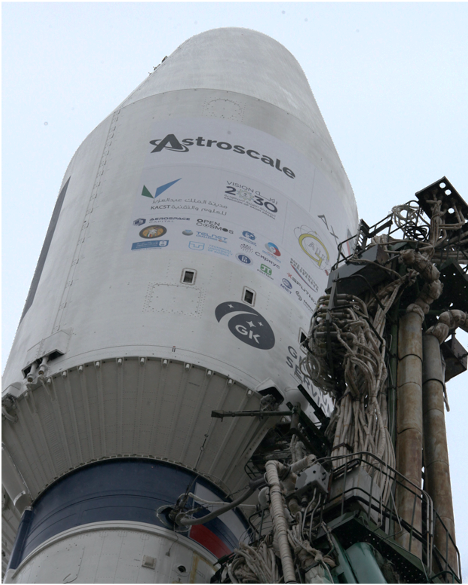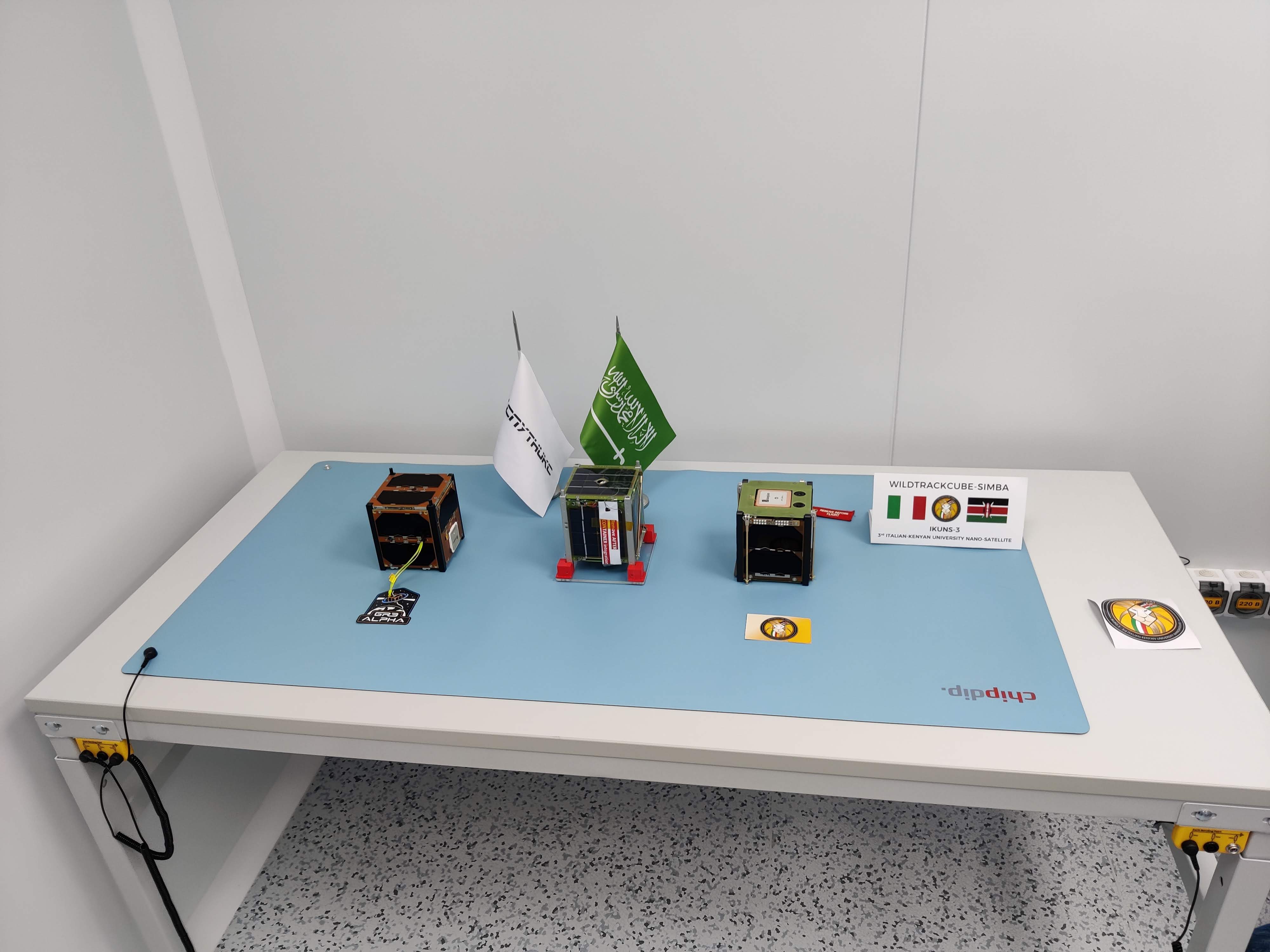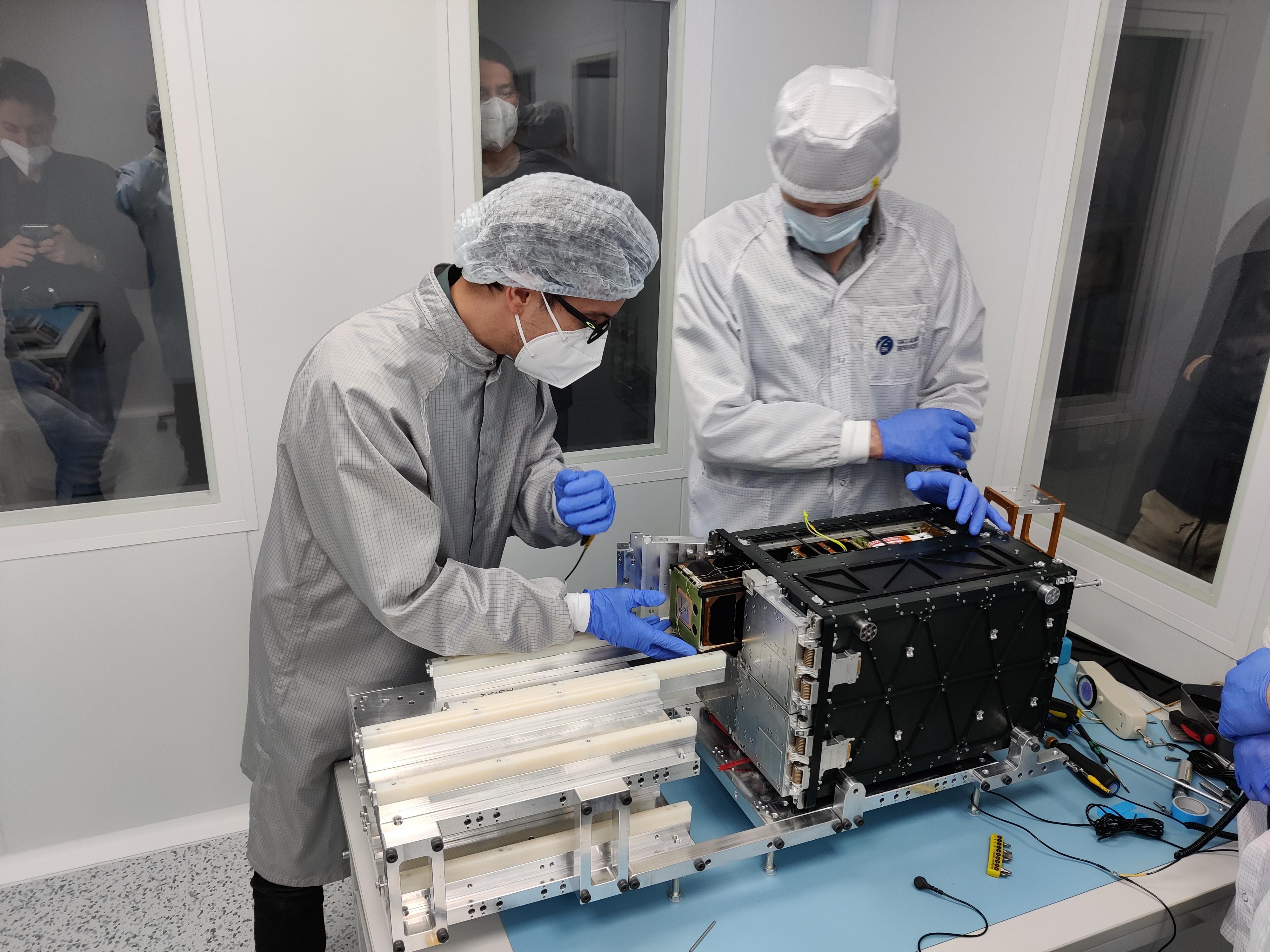WildTrackCube-SIMBA equips a bespoke digipeater implementation, free to be used by the radio-amateur community. It implements both real-time and “store&forward”, so that packets can be relayed to ground at a later time. This system is the same that will be used in the GreenCube mission, which will orbit at a much higher altitude of 6000 km, where the digipeater can be used to send real-time packets to a larger area of the Earth.
The digipeater takes as input:
- The Callsign/identifier
- The time of re-transmission (between now and 2 days)
- The message to be sent
The satellite is capable of storing up to 100 messages at a time. The satellite will reply with an acknowledgement “ACK” in case the message is successfully stored, or a “NACK” in case the memory is full or another error has occurred. If the message is to be re-transmitted immediately, this is done without an acknowledgement. There is a limit on how many packets can be re-transmitted at a time, currently maximum 1 packet per second.
For high-elevation passages, an omni-directional antenna should be sufficient to receive the satellite successfully. For transmission, a Yagi antenna with a gain of at least 10dB and a Power Amplifier of at least 25W is recommended.
In order to communicate, a series of tools are developed by the team and made public. The system is developed to work with Windows and GNURadio without any external Out-Of-Tree module.
The main interface is used to exchange messages via the software TNC. The message is automatically formed in the correct syntax before being sent to the TNC, which encapsulates the message in a CSP packet and adds the G3UH scrambling and the ASM+Golay field. The message is then forwarded to GNURadio for modulation.
Then, depending on how the messages are sent, the signal is either sent via SDR directly, or through an analog radio via SSB or FM. In the case of SSB or FM, the signal is sent via the Line Out of the computer (or USB audio interface is available).
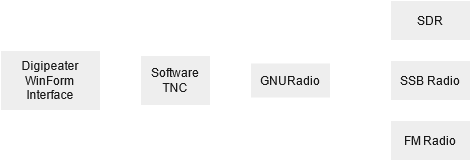
When in SSB mode, the audio is sent already GMSK-modulated with the signal frequency-shifted by 3/4 x baud. When operating at 9600 baud, the radio should be able to transmit at least 12kHz of band. When operating at 1200 baud, the band needed is only 1.5 kHz.
When in FM mode, the audio is not modulated and instead the radio must be set to NFM mode. The frequency deviation of the transmitter must match the baud rate exactly, to mimick an MSK transmission.
At the same time, the same GNURadio script listens for incoming messages and forwards the demodulated signal to the TNC. Any packet is then forwarded to the Digipeater interface. In the future, telemetry and images will also be shown in the interface.
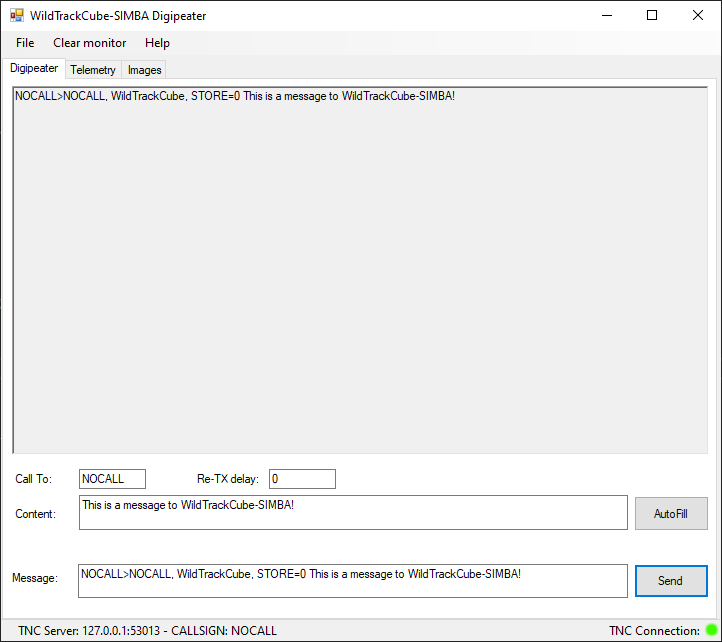
The programs will be published on this website once in-orbit testing of the digipeater is performed, to ensure that it is working as expected.
